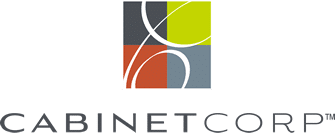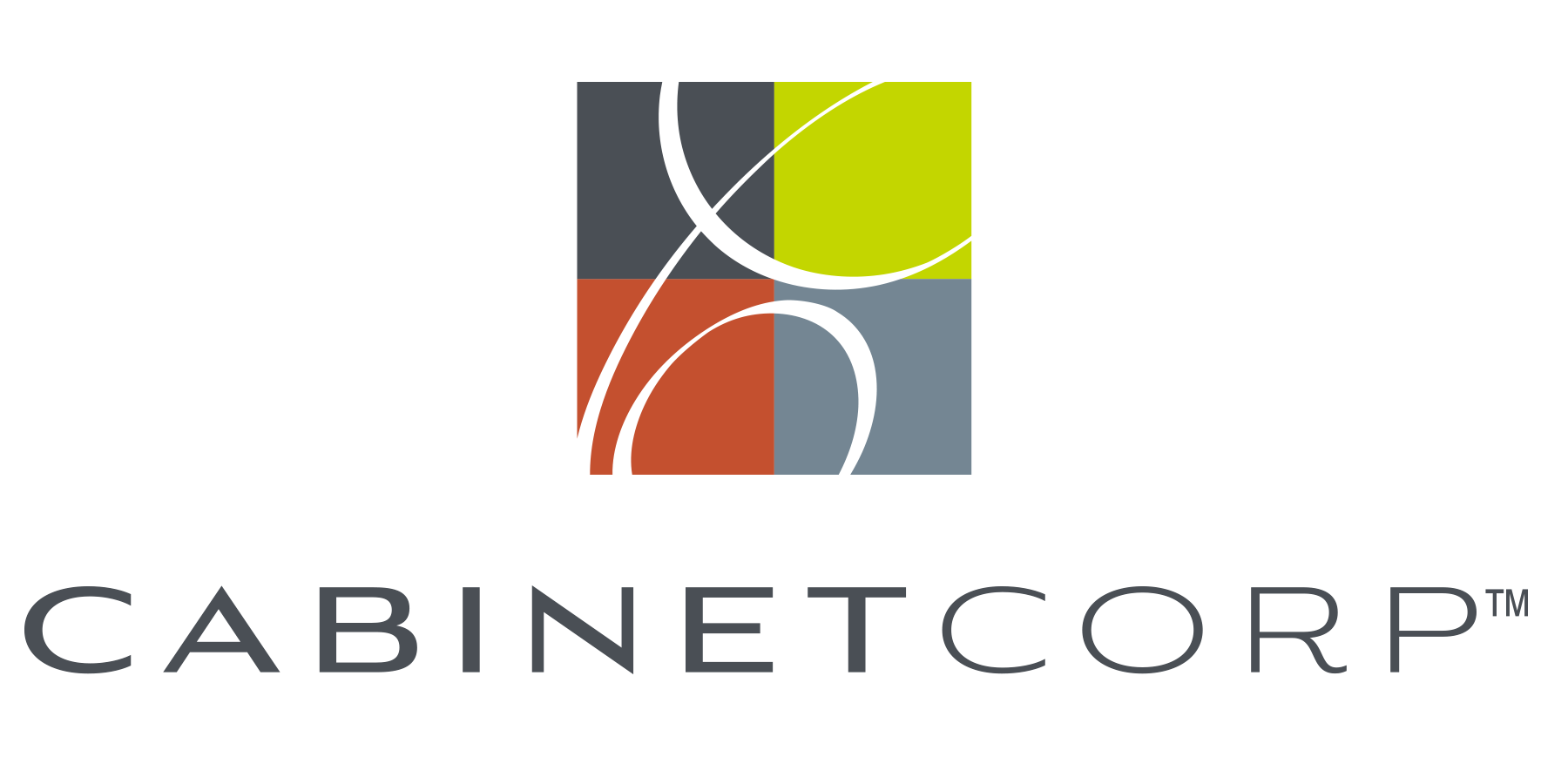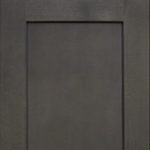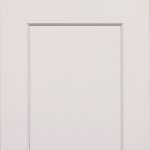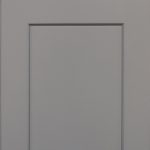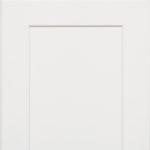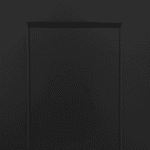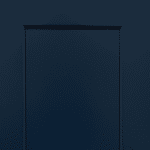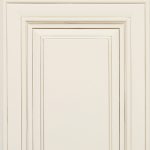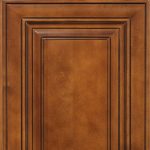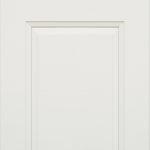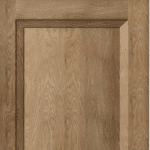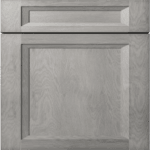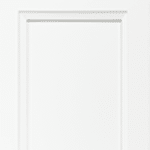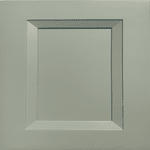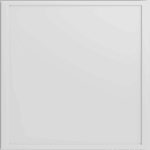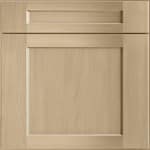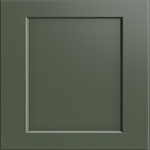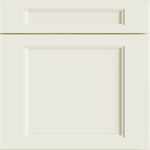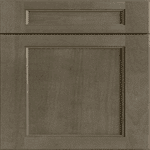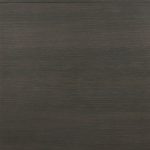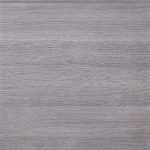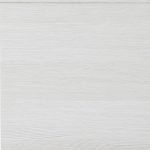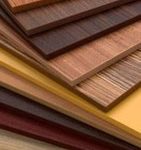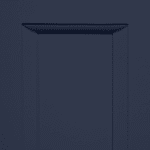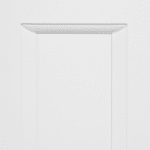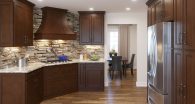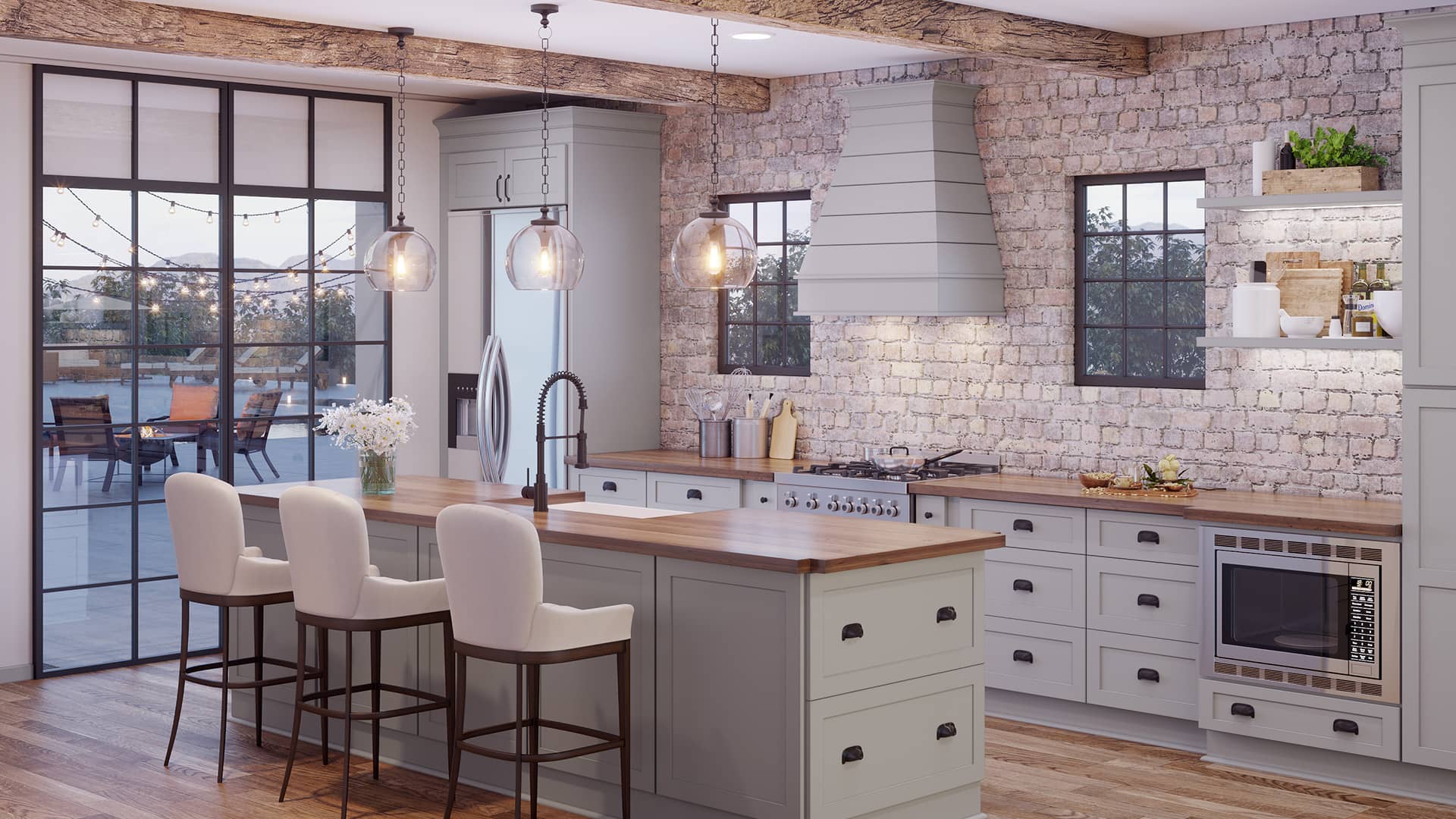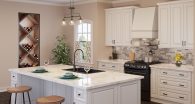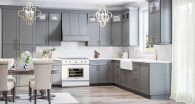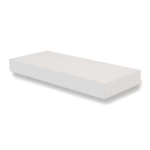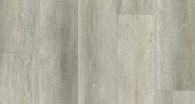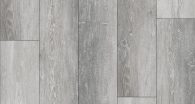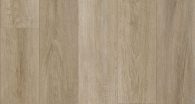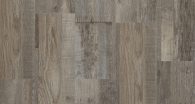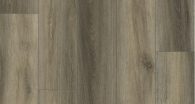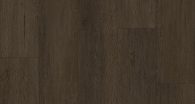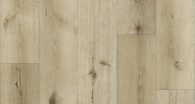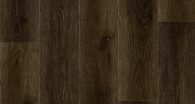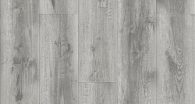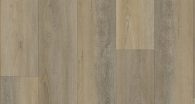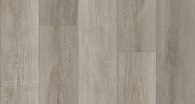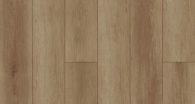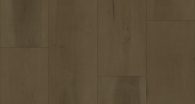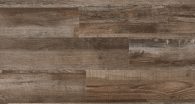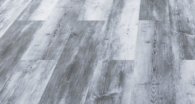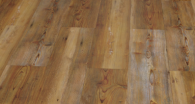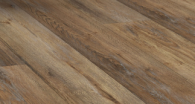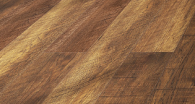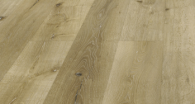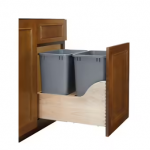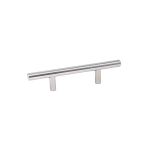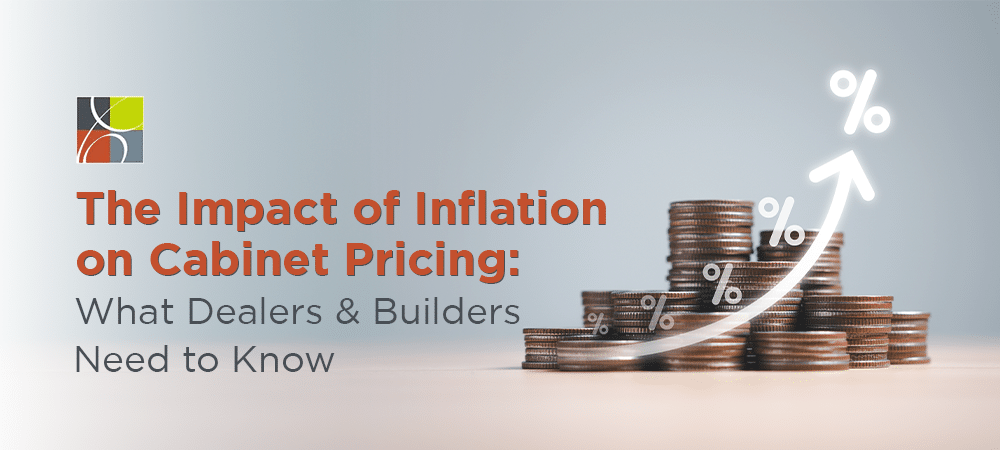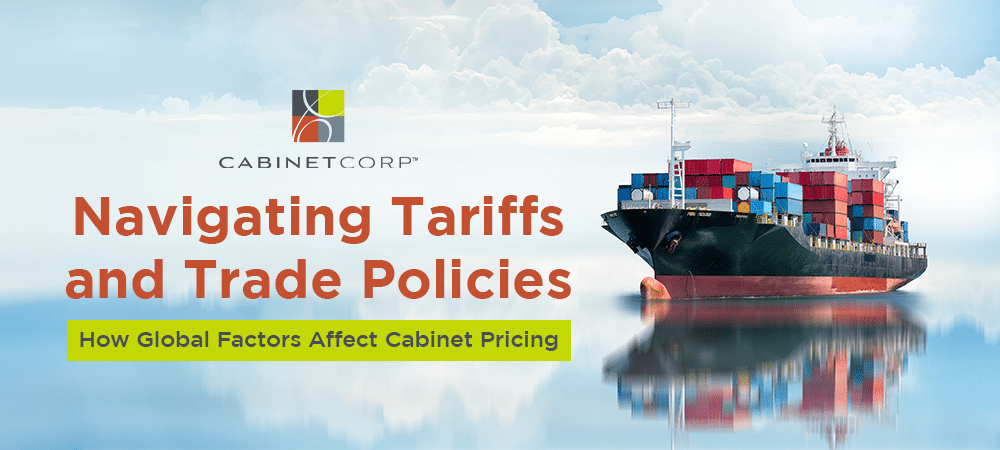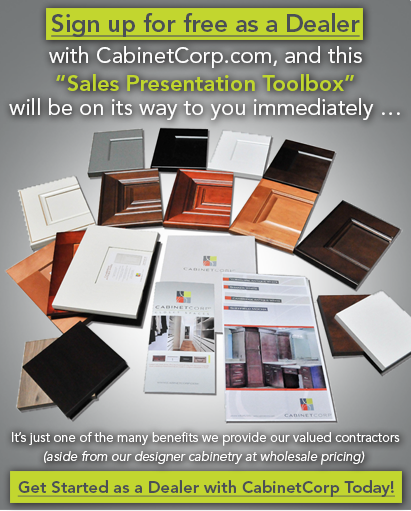Inflation is a powerful economic force that has wide-reaching effects across industries, including the kitchen cabinetry sector. As inflation drives up material costs, labor wages, and transportation fees, cabinet professionals and homeowners feel the financial pressure.
The kitchen cabinet market is not immune to these economic shifts. Industry professionals must navigate these changes carefully to maintain profitability while meeting their customers’ evolving demands.
Inflation alters every supply chain step, from the materials used to manufacture cabinets to installation. In December 2024, the Consumer Price Index for all items increased by 0.4%. This brought the 12-month index to 2.7%, indicating a general rise in consumer prices. We will delve deeper into the key factors contributing to price increases and explore adaptation strategies.
Key Factors Driving Up Cabinet Prices
1. Material Costs
Material costs are among the most significant drivers of price increases in the kitchen cabinetry industry. The cost of common cabinet materials has risen sharply with inflation. The rising costs of timber, in particular, have affected the production of wooden cabinetry.
Manufacturers are paying more for the raw materials needed to produce cabinets. Rising material costs affect the entire supply chain. Manufacturers have no choice but to pass on these increased expenses to the dealers, who must raise consumer prices.
2. Labor Shortages and Wages
Labor shortages within the cabinetry and construction industries have also increased cabinet prices. Skilled tradespeople are in high demand, and the limited supply of qualified workers increases wages. Workers receive higher pay to meet the increased demand for cabinet labor.
As wages rise, the cost of producing cabinets increases, resulting in higher prices for the finished product. Builders and dealers face the challenge of maintaining competitive pricing while absorbing these increased labor costs.
3. Shipping and Transportation Costs
Transportation costs continue to be a significant factor in cabinet pricing. Rising fuel prices, container shortages, and delays in global shipping routes have all contributed to the increased cost.
Shipping costs have skyrocketed in recent years. Those who rely on importing materials from other countries bear the brunt of these increased costs. The costs trickle down to dealers and consumers. For example, shipping container prices have increased more than 200% in some areas.
4. Supply Chain Disruptions
Global supply chain disruptions continue to affect the kitchen cabinetry industry. This results in increased prices and longer lead times for product availability. Events like natural disasters and trade policy changes have made securing key materials and components more challenging.
Manufacturers often delay production when they cannot obtain essential materials, which creates a bottleneck that pushes prices up. Delayed cabinet production leads to delivery issues and frustrating renovation schedules. Global trade policy uncertainty means importers must adapt to fluctuating cabinet material prices and tariffs.
Market Trends Influencing Cabinet Pricing
Several market trends and significant inflation are shaping how consumers approach cabinet purchases.
- Consumer Demand Shifts: Homeowners are delaying renovations or choosing budget options over high-end cabinets. This shift in consumer preferences is particularly noticeable in the luxury cabinetry market. Sales have slowed as higher prices discourage buyers from purchasing premium cabinets. Homeowners prefer more affordable stock cabinets than custom or high-end options.
- Increased Preference for Domestic Manufacturing: As supply chain challenges continue, many consumers and businesses place a higher premium on domestic manufacturing. Purchasing locally made cabinets can help reduce dependence on foreign production and streamline the supply chain. However, this shift to local sourcing can also lead to higher costs for materials and labor.
- Sustainable and Alternative Materials: Manufacturers use sustainable materials like bamboo to lower costs because of high wood prices. However, these materials often have challenges, including limited availability and slightly higher manufacturing costs. Nevertheless, as consumers increasingly prioritize sustainability, manufacturers may need to incorporate more green options.
Strategies for Cabinet Dealers & Builders
Given the challenges posed by inflation, dealers and builders must adopt strategies to stay competitive and maintain profitability.
1. Adjust Pricing Strategies
One of the most effective strategies for dealing with inflation is regularly reassessing pricing models. Dealers should monitor material and labor costs closely and adjust their pricing accordingly. Being upfront with customers about potential price increases and explaining the reasons behind these changes will help manage expectations.
2. Optimize Inventory Management
Dealers and builders can optimize their inventory management processes to mitigate the impact of fluctuating prices. This includes strategically stocking up on high-demand materials and products before prices increase. Working with multiple suppliers can also help create price stability.
3. Offer Flexible Solutions
Providing stock and custom cabinets helps dealers sell to more customers, even with rising prices.
4. Enhance Efficiency
Improving efficiency can offset some of the additional costs associated with inflation. Improving ordering, reducing waste, and optimizing delivery cuts costs and boosts profits. Technology, such as automated systems and software for inventory management, can further improve efficiency.
Key Takeaways: Navigating the Shifting Landscape of Kitchen Cabinetry
Inflation has dramatically shadowed kitchen cabinet pricing, forcing professionals and homeowners to adapt. Challenges have arisen from increased costs, labor shortages, and supply chain disruptions. This pushes prices upwards and demands a more strategic approach to cabinet projects.
Beyond the immediate impact of inflation, we’ve seen a confluence of market trends actively reshaping the cabinet purchasing experience. The current economic climate presents an opportunity for innovation and resilience.
By embracing flexibility, promoting efficiency, and fostering strong client relationships, cabinet professionals can emerge more potent, agile, and better equipped. Economic forecasts suggest that inflation rates will stabilize around 2% by 2027. Kitchen cabinets need planning, efficiency, and good value to thrive despite economic uncertainty.

